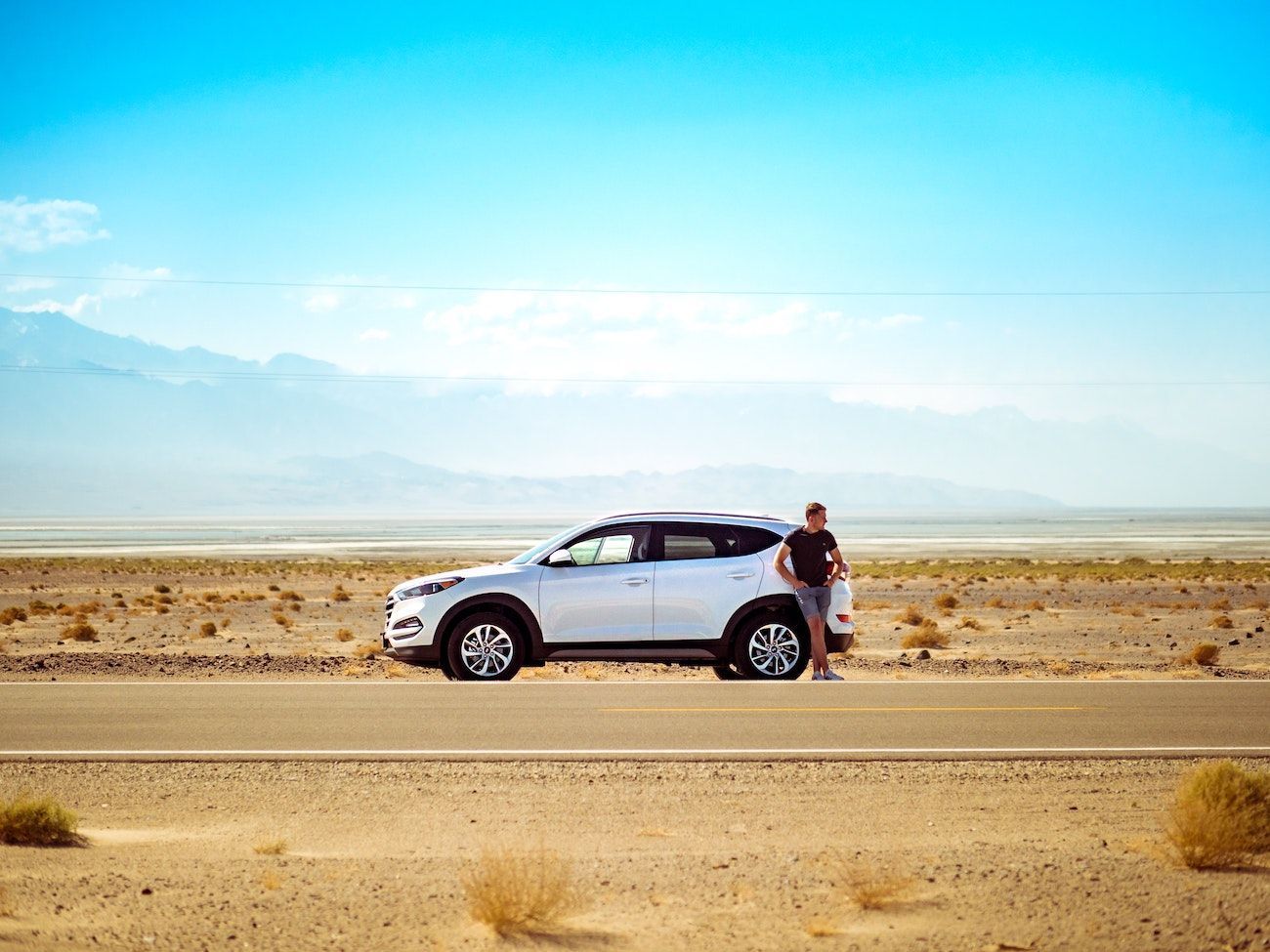How Much Car Insurance Do I Need?

If you’re planning on driving and owning a vehicle, then in most states, you’re required to have insurance for that vehicle. The exceptions are Virginia (which, if you pay the state $500 a year, you can skip the need for insurance) and New Hampshire.
While it may seem like a great cost-cutting exercise to avoid the monthly installments, the truth is insurance policies prevent much bigger expenses in the event that you were to have an unplanned incident.
According to the Insurance Research Council, in 2019, 12.6% of drivers (or one in eight) were uninsured. It should be mentioned that all states agree that drivers are required to pay for any damage they cause.
This means uninsured drivers open themselves up to loads of liability costs. Not to mention the massive consequences if you are caught driving without insurance, which varies between states and could cost anything from a warning all the way up to $5000!
Some states may require you to take out certain policies, such as personal injury protection (PIP) and uninsured/underinsured motorist (UM/UIM) coverage.
While most states have a minimum insurance limit, many of them won’t be able to cover you if you’re involved in an accident.
As an example, as of July 2018 in Arkansas, you need bodily injury liability (BI Liab), property damage injury liability (PD Liab), and PIP. The minimum is BI $50,000 / PD $100,000 / PIP $25,000 (or 50/100/25).
But are there basic rules we should all play by?
Rules To Follow When Deciding How Much Insurance You Need
As a rule of thumb, the minimum amount of car insurance necessary for you is down to a number of factors, such as:
Carry As Much Insurance As You Can
You should carry as much liability coverage as you can afford. Your best coverage would be 100/300/100, which is $100,000 per person, $300,000 per accident in bodily injury liability, and $100,000 per accident in property damage liability.
The first amount of $100,000 is your liability coverage and is the maximum amount your insurance provider will pay out for bodily injury.
The second number, $300,000, is your total liability coverage in the instance of paying for bodily injury claims for an accident.
The third number, $100,000, is how much your insurance will pay to repair/replace property that is damaged as a result of your accident.
Boost Your Insurance Coverage With Extra Packages
While going with a basic plan may seem like a wise choice, it’s always smart to investigate your options. These include comprehensive, collision, and gap coverage.
State’s Recommendations Are Usually Lower Than Required
Your state’s recommended levels are often far below the coverage required when an incident occurs.
After all, if you’re found responsible for the damages, you will be liable to cover all the costs, which can include:
- Property damage
- Medical care
- Missing wages
And more.
We mentioned that some states require specific policy packages. Let’s define these required additional packages.
Insurance Policies That Are Required By Certain States
While these required policies can vary from state to state, they generally include:
Personal Injury Protection (PIP)
For residents of a “no-fault insurance state,” you’ll be required to carry a PIP. But what does this cover?
PIP covers medical costs for juries that occur to you and the passengers in your vehicle if there’s an incident.
If you already have a health insurance plan or some form of disability cover, you might be able to escape the need to take this policy out.
This being said, PIP may cover:
- Funeral costs
- Physical or occupational therapy
- Substitute services such as landscaping and daycare
- Loss of wages
- And funds to hire a replacement at work.
This varies from state to state and the companies you take the coverage with.
Medical Payments
Similar to PIP, this is an option for states that are not considered a “no-fault insurance state.” This policy pays for injuries sustained by the driver and their passengers.
Uninsured/Underinsured Motorist Coverage
As we mentioned, there are several uninsured motorists on the road. If you are involved in an incident with them without this policy, you will find it hard to recoup the cash owed to you.
This is why it’s wise to take out uninsured coverage. Then, for underinsured motorist coverage, this pays for your medical bills if the driver who hit your vehicle cannot pay.
Generally speaking, UM/UIM is relatively cheap compared to the lump sum you may owe. You can get away with around the region of $100,000 person/ $300,000 per accident.
Now that we’ve tackled what you may be required to take out let’s focus on optional coverage policies.
Optional Coverage Policies
While these coverage options might not be mandated by the state you live in, they are valuable policies to access on those incident days.
These include:
Collision Coverage
This policy covers drivers if they are involved in an accident involving an inanimate object or another car.
If you hit another car, lamp post, or telephone pole, this policy will pay out and is used to cover all events that the driver could have avoided.
States don’t require drivers to take out this policy. However, if you are financing your car, your lender will most likely require you to.
This being said, if you are involved in an accident and are stuck with a large repair bill, this is the policy that will help you address the issue.
When taking out a collision coverage policy, you will want to crunch the numbers. Typically deductibles are around $250 to $1,000 for each incident. If you multiply this deductible by ten, and it is worth more than the value of your vehicle, it’s not worth your while to insure it.
Also, be aware that you will need to adjust this premium as the vehicle depreciates.
Comprehensive Coverage
When nature, vandals, and falling objects damage your vehicle, comprehensive coverage is the policy you need to cover your losses.
Once again, this is not a coverage required by the state but may be mandated by companies who issue loans or leases to finance the car.
Weighing up whether you need it can be tricky if you purchased the vehicle for cash or if it’s pre-owned. But if you live in a region with natural disasters, you might need to reconsider.
There are still additional policies to choose from.
Additional Coverage Options
There are several additional coverage options for the American motorist, but the top few are:
Guaranteed Auto Protection (GAP)
This is another policy that lenders and banks like their customers to take out. It helps the car owner bridge the budget gap if they total the car they’re paying off.
A new car can lose as much as 20% of its value in the first year. Which means your loan is worth more than the value of the vehicle.
Rideshare Insurance
When your car is in the shop, this policy will cover the expenses incurred taking ride-hailing services like Uber or Lyft.
Forgiveness Coverage
You can only use this policy once and protect the owner from rising car insurance rates after an accident.
Roadside Assistance
Ensuring that your policy has roadside assistance for those traveling along vast distances is a must. Towing can be expensive if it is not included.
How Much Car Insurance Do You Need?
While there are policies and coverage options that your state will require you to take out by law, you need to tailor what insurance packages you have to your personal circumstances.
The first step is to understand your options and budget. Then, once you’ve gauged those elements, it’s best to take out as much as you can afford.
At Susy.com, we can help you narrow down the costs by providing quick and easy comparisons. Click here to compare prices now.





